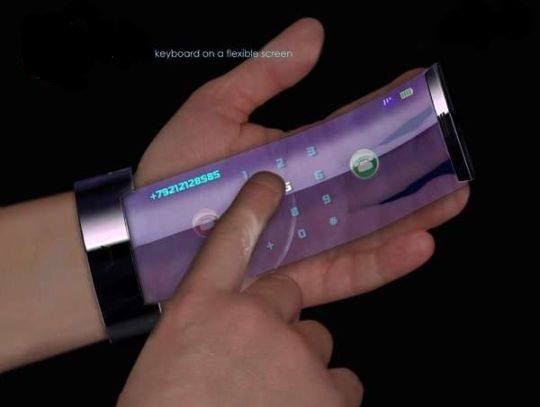Surgeons Using 3D Printed Bones to Fill In & Repair Fractures
Richard Oreffo, a professor of Musculoskeletal Science at the University of Southampton England, and his colleagues have created a blend of three plastics that is tough yet highly porous enough to make an ideal 3D Mold for a broken bone. This 3D replacement structure can then be filled with real bone tissue as the body heals.
The polymer “has this lovely honeycomb structure,” Oreffo said. That allows living cells to “crawl all over it. Blood vessels can penetrate it. So it’s really nice.”
Oreffo’s team has tested the polymer using mice that had parts of their femur bones removed. The hole was of a size “that won’t heal normally,” he said. “We can put these scaffolds into that [gap] and look at their repair over four to eight weeks.”
When the scaffold was seeded with human bone stem cells, the bone healed faster, but even without the stem cells, the mice’s bones began to fill in along the scaffolding structure.
In humans, the structure should serve to repair bone breaks that are too severe to heal on their own. “If you’ve had a car accident where you’ve had significant bone breaks … ideally, you want your own stem cells in there,” Oreffo said. “This is a real opportunity: A scaffold that can be colonized with the patient’s own stem cells.”
In fact, given enough time, the new material should fully degrade inside a living body, leaving the repaired bone to stand alone.
Researchers worldwide are pursuing approaches to healing bones using mixtures of scaffolds and stem cells. A group in Washington state made bone shapes out of a ceramic powder by using a 3D printer; another method involves creating artificial bones in a vacuum out of elastic polymers and nanoparticles.
“It’s too early to say one is better than the other. We’re looking at a whole range of approaches,” Oreffo said. But, he added, his team’s latest approach has the advantage of being successful in animal trials.
“There’s a world of difference between seeing the polymers in a slide and seeing the cells bind to it, and in doing it in an animal,” he said.
The study was recently published online in the journal Advanced Functional Materials.
Image courtesy of Flickr, starpause kid





















































